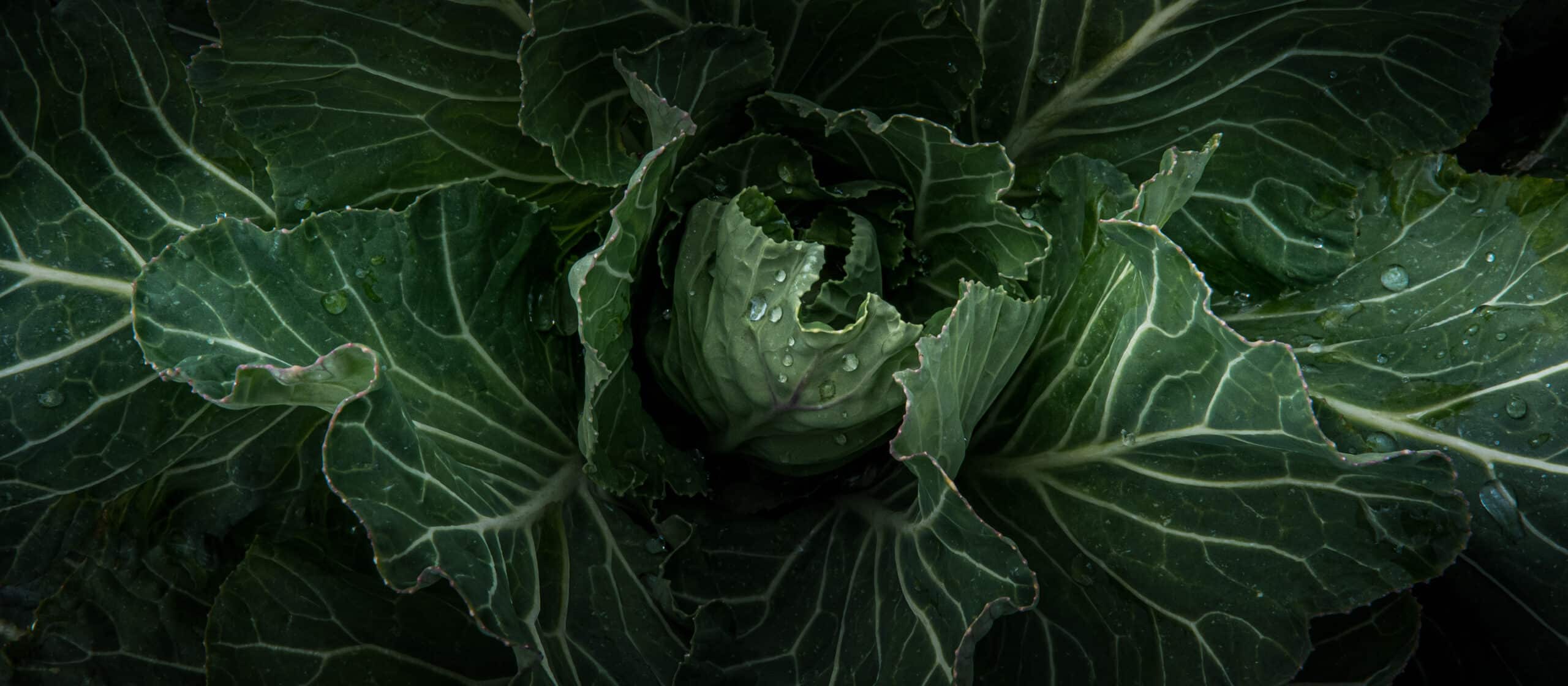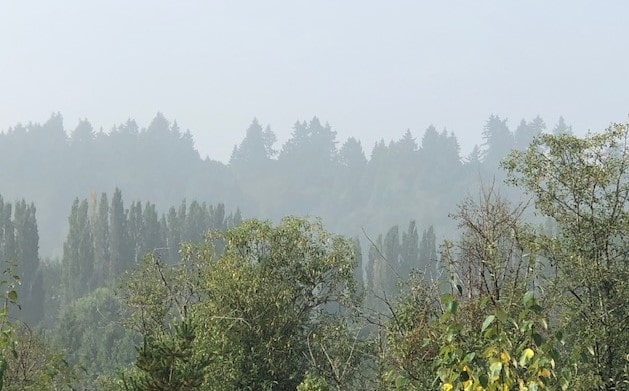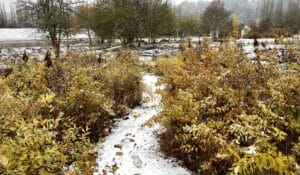
Raging Wildfires, Farms and Climate Change
Raging Wildfires, Farms and Climate Change
- posted on: September 14, 2020
- posted by: Robin Crowder
"*" indicates required fields

Hello friends — With the smoke hanging in the air, our hearts are with everyone who is affected by the fires. Many farms have been devastated across California, Oregon and Washington with their land and infrastructure decimated. Animals have been relocated; one of our staff people relived a memory of when her family had to write their phone number on the hooves of their horses before turning them out to escape a fire. (My brother and his family farm are housing many displaced creatures at their farm near the Vancouver-Oregon border.)

Everywhere we turn, someone we know is affected. These challenges remind us that we’re all in this together as one community.
Though wildfires are often part of a natural cycle, we are seeing firsthand the devastating effects of climate change causing human-started wildfires to burn more frequently, be less manageable, and destroy livelihoods and food sources.
We can take action on many fronts to ensure farmers can continue growing our food, now and for generations to come. Here at 21 Acres we’re focused on regenerative agriculture as a solution for sequestering carbon in the soil. Through education initiatives and the Farm Market we want people to get excited about how supporting farmers who are using these techniques allows them to operate viable businesses–to not only survive but thrive, even in the most trying times. We hope you feel a sense of solidarity with the many people who are doing this work. (Visit our Facebook and Instagram pages for images related to the intense smoke. Here, you’ll be able to connect with farmers who are seeing a much greater impact from the fires than we are.)
If you’d like to learn more about how agriculture is impacted by—and can be a solution to—climate change, here are some resources.
- Learn how to help current wildfire and evacuation relief efforts:
- Scientists are projecting that warmer temperatures and changing weather patterns will require major adjustments by farmers. Here’s an example of a recent study that finds some of America’s favorite crops such as broccoli, lettuce, tomatoes and more will require changes in when and where they will need to be planted in order to thrive.
- If you’re interested in full immersion in potential policy ideas to address climate change, take the time to scan the Climate Crisis Policy Digest, “a compendium of policy ideas to eliminate greenhouse gas pollution and build a sustainably-sourced, community-centered and nature-protecting economy. Detailing action, the site contains 600+ climate solutions from over 130 documents by experts, advocates, state and local governments, the U.S. Congress, and international bodies.”
- If you’re like we are and looking for ways to engage to make a difference, here’s an article by the good folks at Climate Reality Project: 9 Reasons to Have Climate Hope. Read #5 first as it calls on regenerative agriculture as a hopeful solution.
- Project Drawdown recently posted this from Global Citizen on their Facebook page: Five Climate Action Lessons We Can Learn From the Coronavirus Pandemic.
- Learn more about how to support your local farmers facing many challenges at our website.
Thank you for continuing to learn alongside us. We hope you stay safe and we are sending warm thoughts during these trying times. If we can ever be a resource to you please send me an email: rbcrowder@21acres.org.
— Robin










 back to blog overview
back to blog overview








